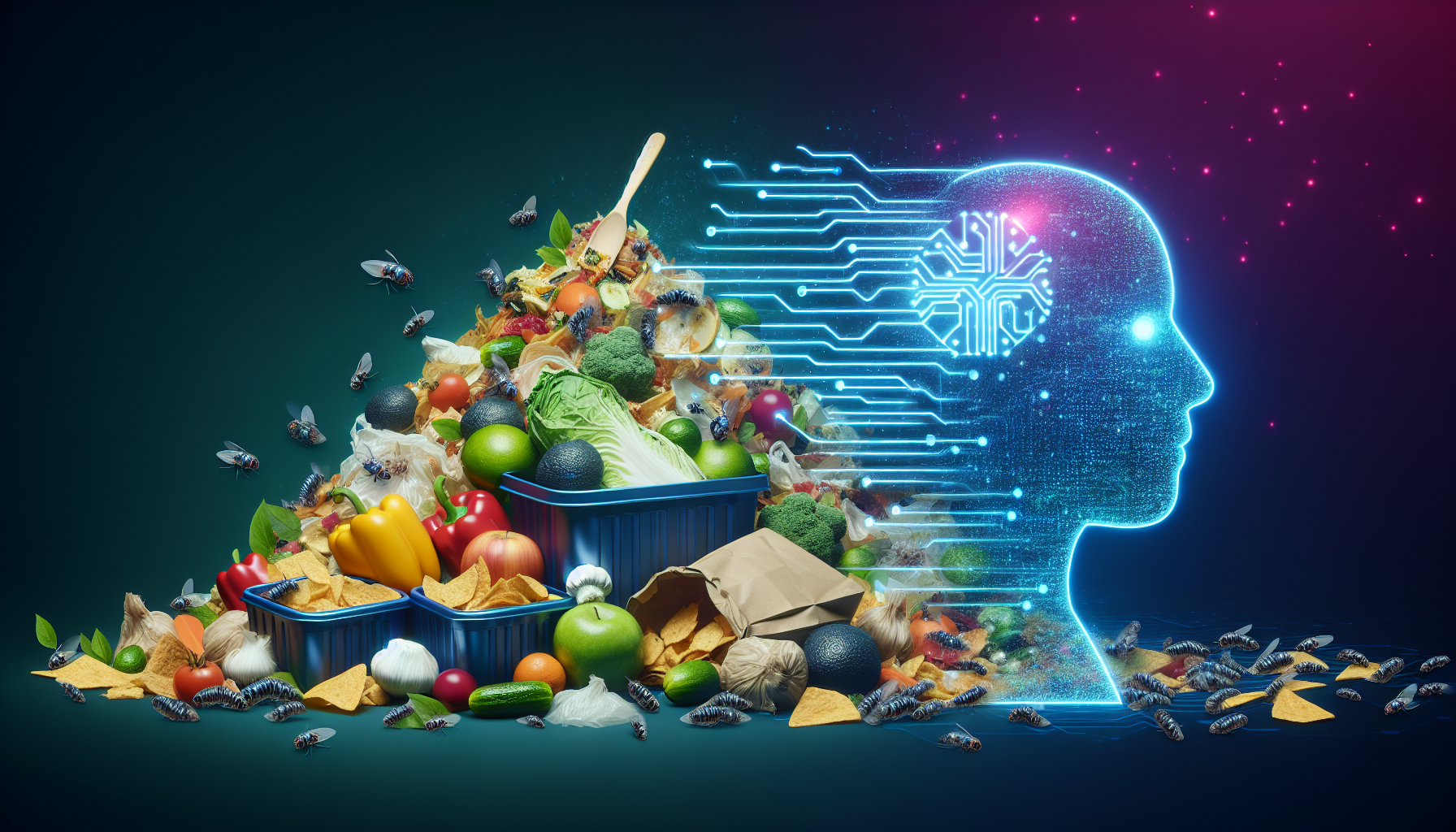
The Ultimate Bug Fix: How AI and Fly Larvae Are Debugging Our Food Waste Problem
Let’s Talk About a Messy Problem
Picture this: a mountain of discarded food. Last night’s leftovers, expired groceries, restaurant scraps—it all piles up, creating a staggering environmental and economic problem. Now, what if I told you the solution involves unleashing millions of tiny, hungry creatures on that waste? And what if I told you this seemingly low-tech, slightly squirm-inducing idea is actually a frontier for cutting-edge software, artificial intelligence, and industrial automation?
It sounds like science fiction, but in places like Lithuania and Australia, this is reality. Visionary startups are harnessing one of nature’s most efficient cleanup crews—the larvae of the Black Soldier Fly—to tackle our food waste crisis. But scaling this from a neat biological trick into a global solution requires more than just bugs. It requires a powerful tech stack, a deep understanding of data, and a new way of thinking about problem-solving. This isn’t just about flies; it’s about the future of sustainable innovation.
The Billion-Ton Elephant in the Room
Before we get to the bugs and the code, let’s grasp the scale of the problem. Globally, we waste about 1.3 billion tons of food every year. That’s roughly one-third of all food produced for human consumption. This isn’t just a moral failure; it’s an ecological disaster. Rotting food in landfills releases methane, a greenhouse gas far more potent than carbon dioxide. It’s a colossal waste of the water, land, and energy used to produce that food in the first place.
For decades, our solutions have been incremental: better composting, donation programs, and public awareness campaigns. While important, they haven’t been enough to turn the tide. We need a disruptive, scalable, and circular solution. Enter the humble maggot.
Nature’s Tiny Cleanup Crew: The Black Soldier Fly
The star of this show is the Black Soldier Fly (BSF). Unlike the common housefly, BSF are not considered pests. They don’t bite, they don’t spread disease, and their larvae are voracious eaters with an incredible talent for bioconversion.
Here’s how the magic happens:
- Input: The larvae are presented with a carefully managed diet of pre-processed food waste.
- Process: Over a couple of weeks, they consume vast quantities of this organic matter, growing at an astonishing rate. A single larva can eat twice its body weight in waste every single day.
- Output: The process yields two highly valuable products. The larvae themselves become a protein-rich meal, perfect for animal feed in aquaculture and agriculture. Their waste, known as frass, is a nutrient-dense organic fertilizer that can restore soil health.
It’s a perfect closed-loop system. Waste becomes a resource, reducing landfill burden while creating sustainable alternatives to traditional animal feed (like fishmeal) and chemical fertilizers. But running a small BSF colony is one thing; operating an industrial-scale bio-factory that processes tons of waste daily is a whole different ballgame. This is where the tech world comes in.
From Biology to Big Tech: Scaling the Bug-Based Factory
To make a real dent in the global food


